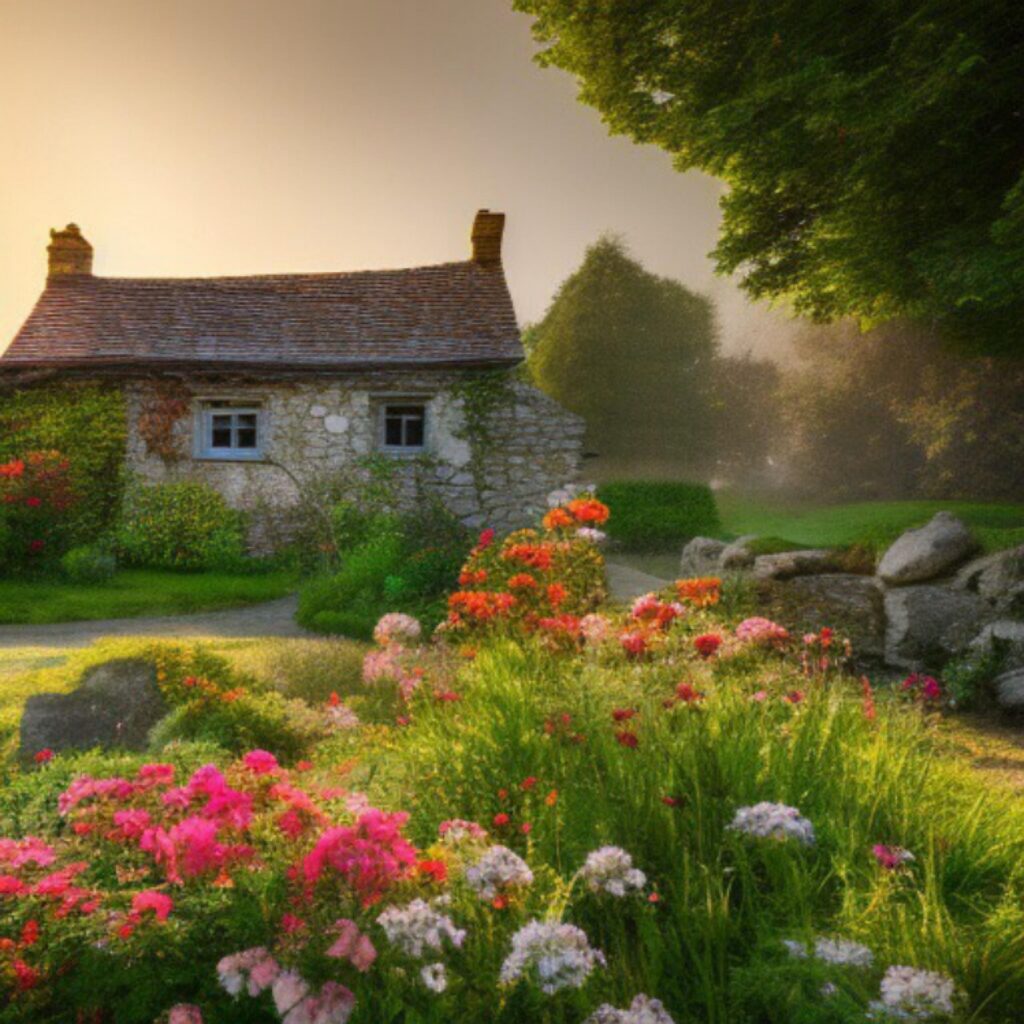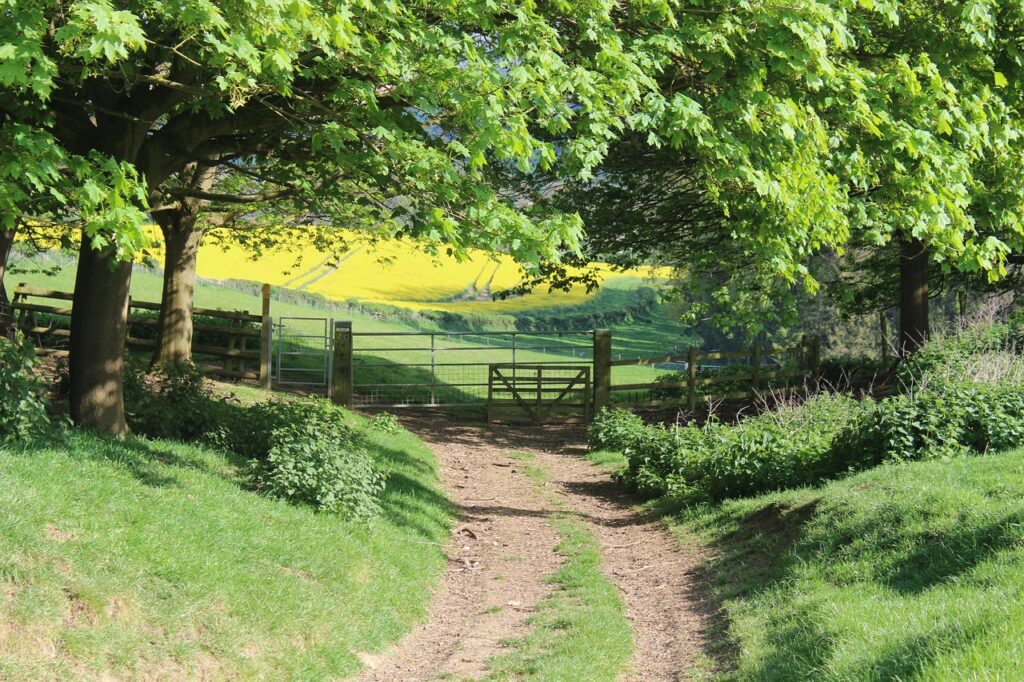Have you ever wondered how the Cotswolds became one of England’s most picturesque and historically rich regions? The inviting rolling hills, quaint villages, and charming stone cottages may seem like a scene from a storybook, but they have an intriguing history that shapes their very essence. Let’s take a closer look at the fascinating history of the Cotswolds, to better appreciate the beauty surrounding you today.
The Origins of the Cotswolds
To understand the Cotswolds’ history, we must first look back at its geological formation. The region is mainly composed of the Cotswold limestone, which was formed around 150 million years ago during the Jurassic period. This limestone is not only responsible for the area’s striking landscape but also provided the material for many of the towns and structures you see today.
How the Cotswolds Got Its Name
Have you ever thought about where the name “Cotswold” originated? The term itself comes from the Old English words “cot” meaning “cottage” or “shelter,” and “wold” implying “hill” or “upland.” So, the essence of the Cotswolds could be interpreted as “sheep enclosure on the hills.” This is quite fitting, considering the area’s strong agricultural roots.
Medieval Times: Agriculture and Growth
During the medieval period, the Cotswolds became noted for its wool production. The rich grasslands and favorable climate made it an ideal location for sheep farming. Wool was extremely valuable, leading to the area’s economic prosperity.
The Wool Trade Boom
The wool trade skyrocketed between the 12th and 14th centuries, attracting merchants from different regions. The wealth generated from the trade led to the establishment of market towns like Cirencester and Tetbury, which blossomed during this time. The thriving wool industry also contributed to the construction of magnificent churches and other public buildings, enhancing the cultural landscape of the region.

The Rise of the Cotswold Villages
As you stroll through the Cotswolds today, you may notice that each village has its own character. This distinctiveness can be traced back to their respective historical developments, primarily shaped by the wool trade and agriculture.
Architectural Styles: A Glimpse into History
The Cotswolds is famous for its unique “Cotswold stone,” which is a warm, honey-colored limestone. Many historic buildings, including homes and churches, were constructed using this material, contributing to the area’s picturesque appeal.
Here’s a breakdown of key architectural features you’ll encounter:
| Architectural Feature | Description |
|---|---|
| Cotswold Stone | A honey-colored limestone that gives buildings their characteristic look. |
| Thatched Roofs | Traditional roofs made of straw, providing insulation and aesthetic charm. |
| Jacobean and Tudor Styles | Distinctive gables and decorative timber framing seen in many villages. |
These architectural styles serve as a snapshot of the local history and tell the tale of the region’s economic and cultural development over the centuries.
The 16th to 19th Centuries: A Time of Change
The Cotswolds experienced significant changes from the late 16th century to the 19th century. This period was marked by the decline of the wool trade and the impact of the Industrial Revolution.
Effects of the Industrial Revolution
The Industrial Revolution transformed many areas in England, but the Cotswolds remained relatively untouched by heavy industry. Instead, the rural charm of the Cotswolds led to its rebranding as a desirable place for the affluent, who desired a rural retreat away from urban life.
Tourism Begins to Flourish
As the 19th century approached, the Cotswolds began attracting the attention of tourists, especially from London. The establishment of the railway system made the region easily accessible, paving the way for the growth of tourism. The picturesque beauty of the area, combined with its historical landmarks, lured many visitors, enabling local economies to adapt and thrive despite the decline of traditional trades.

The Cotswolds in the 20th Century
With the onset of the 20th century, the Cotswolds evolved further as a popular destination for leisure and tourism. However, it also faced challenges, particularly during and after World War II.
War and Its Aftermath
World War II brought rationing and a focus on war efforts, temporarily shifting the focus away from tourism. However, the resilience of the local communities led to initiatives focusing on preservation and revitalization of the historical and natural landscapes.
Preservation Efforts
As the war ended and peace returned, the Cotswolds underwent an extensive preservation movement. The Cotswolds Area of Outstanding Natural Beauty was designated in 1966, emphasizing the importance of conserving the unique landscapes and heritage sites.
| Year | Event |
|---|---|
| 1966 | Designation of the Cotswolds Area of Outstanding Natural Beauty. |
| 1971 | The Cotswold Way, a long-distance footpath, was opened, further promoting tourism. |
These measures not only preserved the landscape but attracted even more visitors eager to experience the area’s rich history and natural beauty.
Present Day: Culture and Identity
Fast forward to today, and the Cotswolds remains a treasure trove of historical landmarks, vibrant communities, and stunning scenery. Did you know that the Cotswolds is home to over 100 villages, each with its unique story?
The Cultural Landscape
Throughout the Cotswolds, you can find various cultural institutions, art galleries, and annual festivals that celebrate local artisans, crafts, and traditions. The region is known for its craftspeople, from potters to weavers, who continue to create beautiful work that reflects the rich heritage of the Cotswolds.
Key Festivals and Events
Here’s a quick list of notable cultural events and festivals in the Cotswolds:
| Festival/Event | Description |
|---|---|
| Cotswold Olimpicks | A quirky village sports event held annually in Chipping Campden, featuring traditional games. |
| Cotswold Wool Festival | A celebration of wool, showcasing traditional crafts and local suppliers. |
| Cotswold Arts and Crafts Festival | An annual event highlighting local artists and their works. |
These events foster community spirit and celebrate the region’s rich heritage, making the Cotswolds a lively place to visit year-round.

Famous Landmarks and Attractions
As you traverse the Cotswolds, you’ll come across many remarkable landmarks that reflect its fascinating history. Here are some of the must-see sites that bring the rich narrative of the region to life.
Historical Sites
The Rollright Stones
Located near Chipping Norton, the Rollright Stones are a collection of Neolithic and Bronze Age monuments that date back over 4,000 years. They are believed to be connected to ancient rituals and serve as a mysterious landmark for visitors.
Sudeley Castle
Sudeley Castle, situated in Winchcombe, is not only stunning but also has a royal connection. It was the home of Catherine Parr, the last wife of Henry VIII, and is surrounded by beautiful gardens, making it a perfect spot for history enthusiasts.
Natural Beauty
Beyond architectural wonders, the Cotswolds boast stunning natural beauty. The rolling hills, meandering rivers, and charming forests create a picturesque setting perfect for outdoor activities.
The Cotswold Way
One of the best ways to experience the raw beauty of the Cotswolds is by walking the Cotswold Way. This long-distance trail covers about 102 miles and showcases breathtaking scenery, historic sites, and charming villages along the route.
The Cotswolds Today: A Blend of History and Modern Life
In the modern era, the Cotswolds have embraced the balance between honoring tradition and accommodating contemporary life. It’s a place where history thrives alongside modern businesses and lifestyles.
Economic Development
In light of its rich heritage, many towns and villages have focused on sustainable tourism and economic development. You may find an array of local shops, bed-and-breakfasts, and eateries that emphasize local ingredients, arts, and crafts. These enterprises not only cater to visitors but also support the local economy.
Supporting Local Community
Moreover, initiatives focused on preserving Cotswold traditions are in place. Farmers’ markets, local festivals, and community events showcase the region’s culinary delights and artisanal crafts—ensuring that the character of the Cotswolds endures for generations.
Conclusion: Understanding the History of the Cotswolds
As you have seen, the history of the Cotswolds is a rich tapestry woven together by agriculture, economic changes, cultural festivals, and community efforts that have shaped its identity over time. Understanding this history can deepen your appreciation for the beauty surrounding you today.
Whether you find yourself walking along its hills, wandering through its villages, or attending one of its many local events, you’ll notice how the past seamlessly coexists with modern life, ensuring that the spirit of the Cotswolds remains vibrant and alive.
